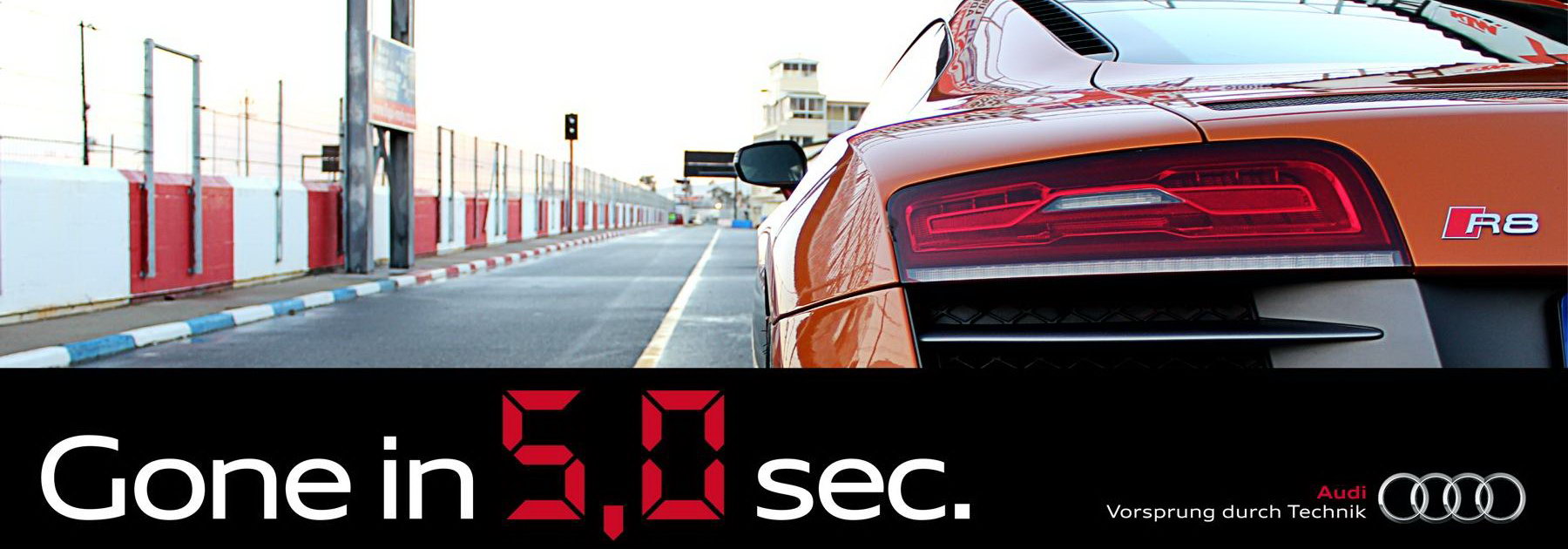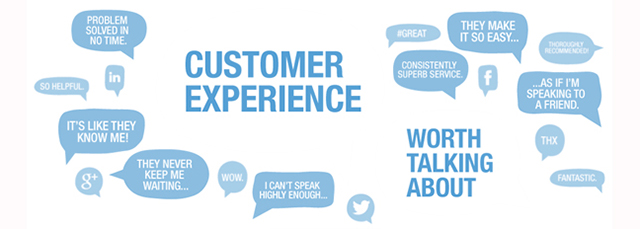The development of e-commerce is impressive.
The e-Shoppingwindow is an integral part of e-Commerce.
It appears though that the development of the e-Shoppingwindow is lagging behind and does not exploit the huge opportunities for promotion (i.e. create interest, persuade, convert), that e-Technology is offering.
This is partly due to the current fashion of focusing only on what the customer wants and not enough to authentic communication, of the product per se.
Both new and existing products to be promoted to a customer must be placed in a shop window, physical or digital. We tend to forget that the better and more attractively a product is presented, the more likely it is to succeed.
The classic/physical shop window has a dual purpose, to attract the potential customer and promote the merchandise.
Its main drawback is that in most cases its marketing content is static.
On the other hand, the e-Shoppingwindow can be hugely more attractive as it can be dynamic.
The human brain can process a visual image in 1/10th of a second and understands visual information 60,000 times faster than words. That means we can communicate with customers more effectively with visuals than with anything else.
Visual, nowadays, is technologically much more exploitable.
It should come as no surprise that more than 80% of content videos are created by marketers.

Every classic shop window has a theme to hint at a story. It can be the snow to promote Christmas products, a beach to promote sun lotions or a heavy metal scene to promote some new jeans. The classic shop window is limited to its physical viewers.
In contrast, the e-Shoppingwindow gives the opportunity to reach an immensely bigger audience than the classic shop window and it deserves much greater attention in its design than it gets at present.
In particular, in the blind pursuit to generate traffic and leads, marketers tend to forget who the Customer they are trying to reach is, what are the Customer’s values, what the Customer is actually looking for.
There seems to be an absence of Content strategy and a rather clickbait understanding of digital media.
Analytics, in this case, is used wrongly as a crutch to support this distorted view and not for illumination of a thoughtful Content strategy. No Content strategy has led to more than 90% of produced content failing to strike a chord with Customers. Viral content seems to be the objective rather than relevant content connected to the product/service.
Relevancy is the new viral within the boundaries of the target group one wants to reach.
Fundamental to great Content is an authentic Story complemented by authentic Storytelling.
“Storytelling is like a vitamin. When it gets into your readers, it permeates their  whole being, and fights every objection that might otherwise stop them from becoming loyal customers”. – Neil Patel
whole being, and fights every objection that might otherwise stop them from becoming loyal customers”. – Neil Patel
Stories have a deeper truth that strongly resonate, affect and motivate. Telling a story involves a deep understanding of the emotions and appeals at a deeply human level.
This is exactly what an e-Shoppingwindow can do.
It can tell a story through animation.
Many can create Content that grabs people’s attention, but not everyone can tell a story which makes sense to a specified target group; hence engaging to the target group which in turn has the power to influence and compel them to action.
The first principles for successfully creating e-Shoppingwindow content are:
- Authentic and relevant to the target group, stories, relating to the product/service and embedded at the DNA level of the Brand.
- The product/service through the stories should be viewed as an enabler to help the Customer achieve something or makes it easier to become something etc. The Customer is the HERO and in the driver seat of the experiences!
- It must happen in a very short time. The e-Shoppingwindow must be able to tell a story in under 5 seconds, something that a static shop window can never do.
- Use high res compelling videos/animation and make sure they render perfectly on smartphones and tablets (more than 70% of digital media is consumed on these screens. Gone are the days of desktop and laptop).
Whether is the filling of a sandwich with its ingredients instead of the static picture of a sandwich or a lipstick painting lips instead of the static picture of a cylinder, short time animation is a powerful tool.
The benchmark of success is the famous five-second e-Shoppingwindow of Audi
 https://www.adsoftheworld.com/media/digital/audi_gone_in_5_seconds
https://www.adsoftheworld.com/media/digital/audi_gone_in_5_seconds
In Summary
E-Commerce is a powerful and evolving business platform. The E-Commerce actors, especially marketers bear great responsibility for its development and its subsequent response to Customer needs.
The e-Shoppingwindow is crucial to the success of e-commerce and to a branded product/service in general but not everyone is getting it right.
To communicate a product/service in the digital environment requires serious “traditional” foundational Marketing skills and competencies.

It has been argued that in our times it has never been easier to reach Customers and it has never been harder to make a connection with them.
We beg to differ, from our relevant experience in DVK.
This is not because today’s Customer has some sort of attention deficit syndrome. It is rather the fact that in a sea of “irrelevant” information, those Customers who are in pursuit of their needs, are laser-focused on the Content who will inform and guide their next steps.
Customers are in control of their experiences.
To be the result of a Customer’s google search and subsequent conversion at your e-Shoppingwindow you need to be content-meaningful, animated, short in time and in the right format.
We found out in DVK that the optimum solution is offered by a team of specialists that works with the Client’s Marketing team, which also includes, Writers, Painters, Filmmakers and most of all, Modern, really Creative Directors.
The most difficult part is to keep it short and succinct.
It is also the most rewarding.

